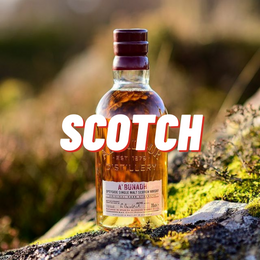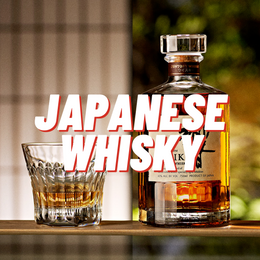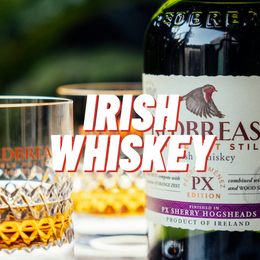
What the heck is that? Isn’t oak just another word for wood?
“Oak” is not synonymous with “wood”. Oak is one type of wood that is almost always used for making whisky casks.
Oak trees belong to the Quercus genus of trees that grow up to 12 metres tall and can live for hundreds of years. Their branches splay out majestically in a way that is impossible to overlook, while their outer bark has long furrows and scales.
There are about 500 species of oak trees around the world, and they are variously native to Europe, Asia, the Americas and North Africa.

Oak wood is valuable as they are one of the hardest and most durable types of wood on the planet. They have been used by humans to build their dwellings and furniture for thousands of years, even today. In Europe, the oak tree is used as a symbol to represent strength, wisdom or longevity by noble families, states and organisations.
Who cares?
Oak is an essential ingredient for making whisky - especially in Scotland and US where laws mandate that whisk(e)y is made with oak, and not just any type of wood.
For hundreds of years, oak has been used to make casks for aging whisky due to their (1) durability and (2) flavour.
Not just any species of tree can be used as good whiskey casks. Oak is ideal for making whisky casks because of its strength, durability and hardness. This gives it liquid-tightness and thus suitable for holding liquids. American white oak (Quercus alba), for instance, contain tyloses - a type of substance that clogs up the wood pores of the oak, “damming” up holes and preventing oak casks from leaking.
Oak also contains high levels of vanillin, which helps impart a desirable toasty, caramel, vanilla and nutty flavour to the whisky. Oak also does not contain any of the nasty-tasting sap from other species of trees.
3 of the most well-known oak species used for cask-making are American white oak (Quercus alba), European oak (Quercus rober or Quercus patraea) or Japanese mizunara oak (Quercus mongolica).
Why should I care? What should I know about oak wood?
The type of oak used drastically affects the flavour profile of the whisky. Knowing this helps us pick whiskies with flavour profiles that we like better.
American oak lend whiskies a softer, sweeter taste with notes of caramel and vanilla. European oak tends to be spicier and more woody. Japanese mizunara oak offers a distinctive “kara” flavor that is reminiscent of coconut, citrus and temple incense.
Read more about this in our write-up on casks.
It also pays to understand why oak wood is so important to whisky-making that the US and Scotland have passed laws to mandate the use of only oak wood to make their whiskies. Oak is important to the tradition of whisky-making. There no substitute for the flavour of oak.
Contrast the American and Scottish this attitude with Irish whiskey. The Irish are much more progressive with their whiskey-making rules, and permit any type of wooden cask to be used for maturing Irish whiskey. This allows Midleton Distillery to experiment and create a whisky matured in French chestnut wood, rather than oak. Interestingly, the French chestnut wood imparts more flavours of sweet and sour fruits such as dried cherries and plum.
That said, these are just fringe experiments and the whisky industries around the world are nowhere close to phasing-out oak. The influence of oak will always extend wherever there be whisky.







